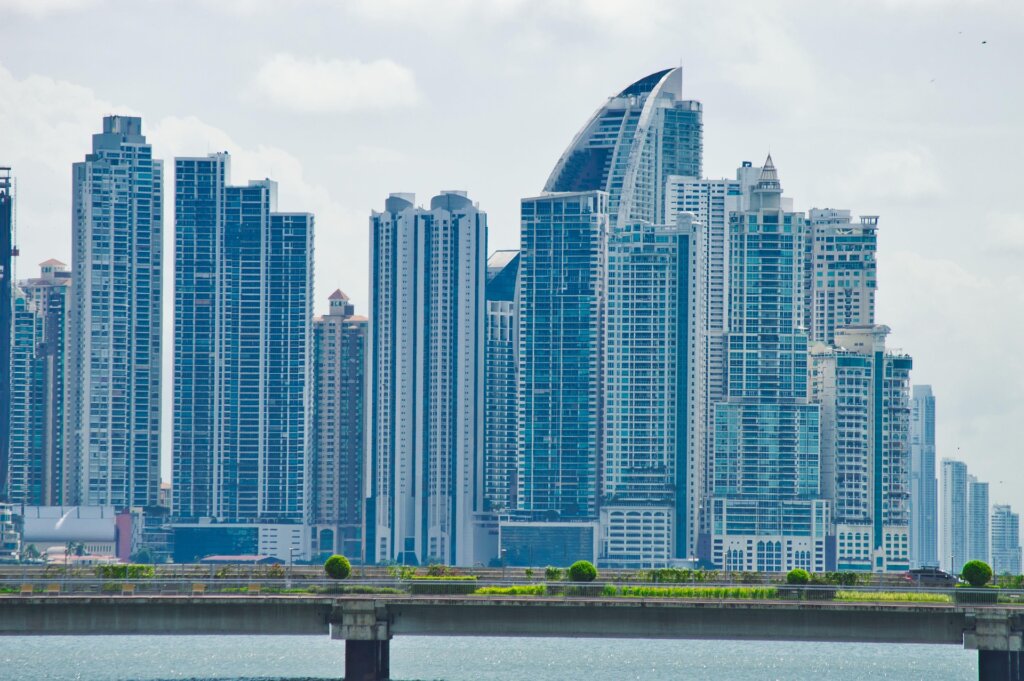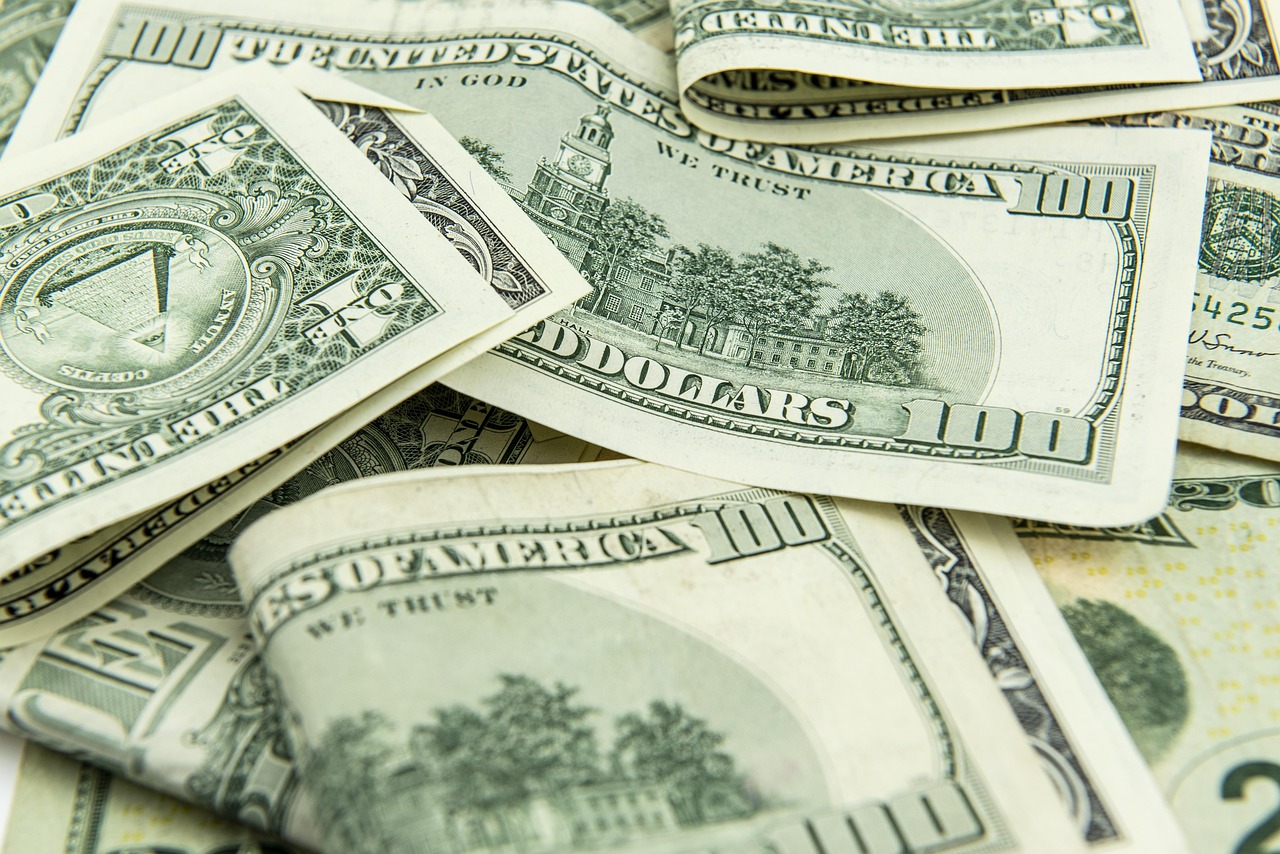Introduction
Panama may not be on the top of many Americans' and Canadians' lists of places to visit, or even move to. Yet, Panama has so much to offer, such as:
- "Pensionado" visa process for retirees coming from the U.S. and Canada.
- Territorial tax system that is beneficial for people earning income outside of Panama
- Modern healthcare facilities, especially in Panama City, including networks affiliated with U.S.-based hospitals.
- Plenty of areas to visit if you like nature, whether it is the beaches of Bocas del Toro or the mountain highlands of Chiriqui.
)
Living in Panamá
Panama offers retirees a compelling blend of affordability, lifestyle benefits, and financial incentives. The significantly lower cost of living, particularly for housing, healthcare, and everyday expenses, allows retirees to stretch their retirement savings further. Panama's renowned Pensionado program provides substantial discounts on a wide range of services, easing financial burdens. Beyond finances, Panama boasts a warm tropical climate, beautiful beaches and diverse landscapes, and a welcoming culture. With a stable government, the US dollar as currency, and relatively easy residency options, Panama provides a secure and comfortable environment for expats seeking a relaxed and enriching retirement experience, often with a higher quality of life than they could afford in the US.
What makes Panamá special?
Things to Do
Panama offers a surprising diversity of activities beyond its famous canal. Explore vibrant Panama City, a cosmopolitan hub with historic Casco Viejo, modern skyscrapers, and world-class dining and shopping. Relax on stunning beaches along both the Pacific and Caribbean coasts, perfect for swimming, surfing, sunbathing, and diving. Discover lush rainforests teeming with biodiversity, ideal for hiking, birdwatching, and zip-lining adventures. Visit the mountainous highlands of Boquete and Volcan, known for coffee plantations, cooler climates, and outdoor activities. Explore indigenous cultures and traditions, or delve into Panama's rich history at various museums and historical sites. Island hop in the Bocas del Toro archipelago, a Caribbean paradise with laid-back vibes, snorkeling, and water sports. Finally, of course, witness the engineering marvel of the Panama Canal, a must-see for any visitor. From bustling city life to tranquil natural escapes, Panama caters to a wide range of interests.
What to Eat
Panamanian cuisine is a flavorful blend of several influences, reflecting the country's diverse cultural heritage. Rice and beans are staples, often served with ropa vieja (shredded beef in tomato sauce), stewed chicken, or fried fish. Seafood is abundant, with ceviche (marinated raw fish) being a popular dish, as well as fried or grilled whole fish. Plantains, both ripe (sweet) and green (savory), are common side dishes, often fried as patacones (smashed and fried green plantains) or maduros (fried sweet plantains). Sancocho, a hearty chicken and vegetable soup, is considered a national dish, often featuring ñame (a type of yam). Other common ingredients include yucca, corn, coconut, and various tropical fruits. Note that Panama City features many fine dining restaurants with so many international cuisines.
Fun Facts
Panama, often associated with its famous canal, boasts a wealth of surprising fun facts. It's the only place in the world where you can see the sun rise on the Pacific and set on the Atlantic. Panama hats, surprisingly, originated in Ecuador, not Panama. Panama boasts more bird species than the United States and Canada combined, making it a birdwatcher's paradise. The Panama Canal, a marvel of engineering, generates a significant portion of the country's revenue, and ships pay tolls based on their size and cargo. Finally, Panama is home to the narrowest point in the Americas, a strategic isthmus that connects North and South America.
Panamá Real Estate Insights



International Real Estate services
Moving can be stressful—whether relocating to a new country or simply purchasing a second home in your favorite beach city. That is why we cover you on both ends of your relocation. We use English-speaking vendors, agents, and advisors who walk you through the process - both in the U.S. and in your new country.